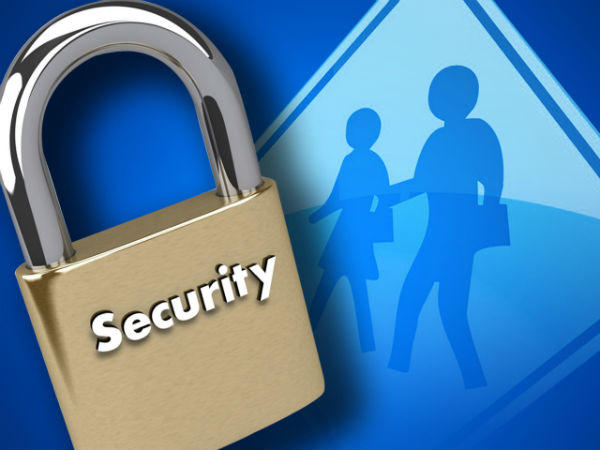
Section Branding
Header Content
Let’s Arm Educators With Information
Primary Content

Can guns in the classroom prevent the next school shooting tragedy? The National Rifle Association has proposed arming teachers as a deterrent to the next Adam Lanza or T.J. Lane. While school districts will need to find the security solutions that they and their communities are comfortable with, I’d like to see our teachers, principals and staff armed with something potentially more powerful — the tools and information to identify students who are headed for a mental health crisis.
Every time a troubled young person commits a horrific act of violence, we try to understand what went wrong. The media is still looking into Adam Lanza’s upbringing, mental health status, and school records for clues to the Newtown, Conn., tragedy. We’ve done the same for James Holmes, Jared Lee Laughner, TJ Lane. In every case, we find that there were warning signs, usually years in advance. One thing we know: a mentally healthy, socially secure and well-balanced teen doesn’t just wake up one morning and decide to kill a dozen people. Teachers, neighbors, peers and relatives always are able to look backwards and identify things that just “weren’t quite right.”
Mental health experts estimate that one in 10 teens has a mental health issue, and as many as 80 percent of them may be undiagnosed. Mental health problems like schizophrenia, depression and bipolar disorder often manifest between the ages of 14 and 24. It is no accident that many of the most publicized mass shootings have been carried out by young people (often men) in their teens or twenties.
What role can schools play in ensuring that teens who need mental health services are identified, referred and receive services? We may want to exempt schools from this responsibility and insist that they focus only on academics. But the reality is, they cannot focus on academics unless they have first established a safe environment for learning. Students who are in a mental health crisis are a disruption to the learning process in the best case, and a danger to themselves, their peers and school staff in the worst case.
We can—and should—talk about appropriate security precautions. But this addresses only one piece of the problem. If we could make our schools perfectly secure, a troubled student intent on homicide would then take his weapon to the theater, the mall or the public park. We need to figure out how to prevent these kinds of attacks from happening at all, without turning ourselves into a police state.
The way to do this is to focus on early identification of students who are showing signs of risk, and establishing a strong referral and monitoring program to make sure that students in need of mental health services actually receive and benefit from them. It’s not enough to simply log an incident report and walk away. We need to ask what kind of services does the student need? The family? And make sure they have access to appropriate resources. And then we need to follow up, to make sure that the connection was made and interventions are working. If they’re not, we need to try something else.
Why should schools be involved in the identification and referral process? Because that’s where the students are. Our high schools and colleges are the front lines, and the last place where we will have young people all gathered together. We cannot count on every family being able to recognize potential problems and self-refer. But we can train our teachers, school counselors and administrators to do a better job of recognizing emerging issues, and give them the tools and resources they need for appropriate identification, referral and management of school- and community-based resources.
Keeping our children and communities safe requires more than security precautions. We have a responsibility to potential future victims to do everything we can to prevent future tragedies like Sandy Hook. We also have a responsibility to potential future perpetrators to find them before their demons carry them too far away from us to save.
We may not be able to rescue every future Adam Lanza from the demons within. But recognizing and treating signs of dangerous mental illness at the onset will do more to keep our communities safe than all the guns, locks and metal detectors our money can buy.
Secondary Content
Bottom Content





